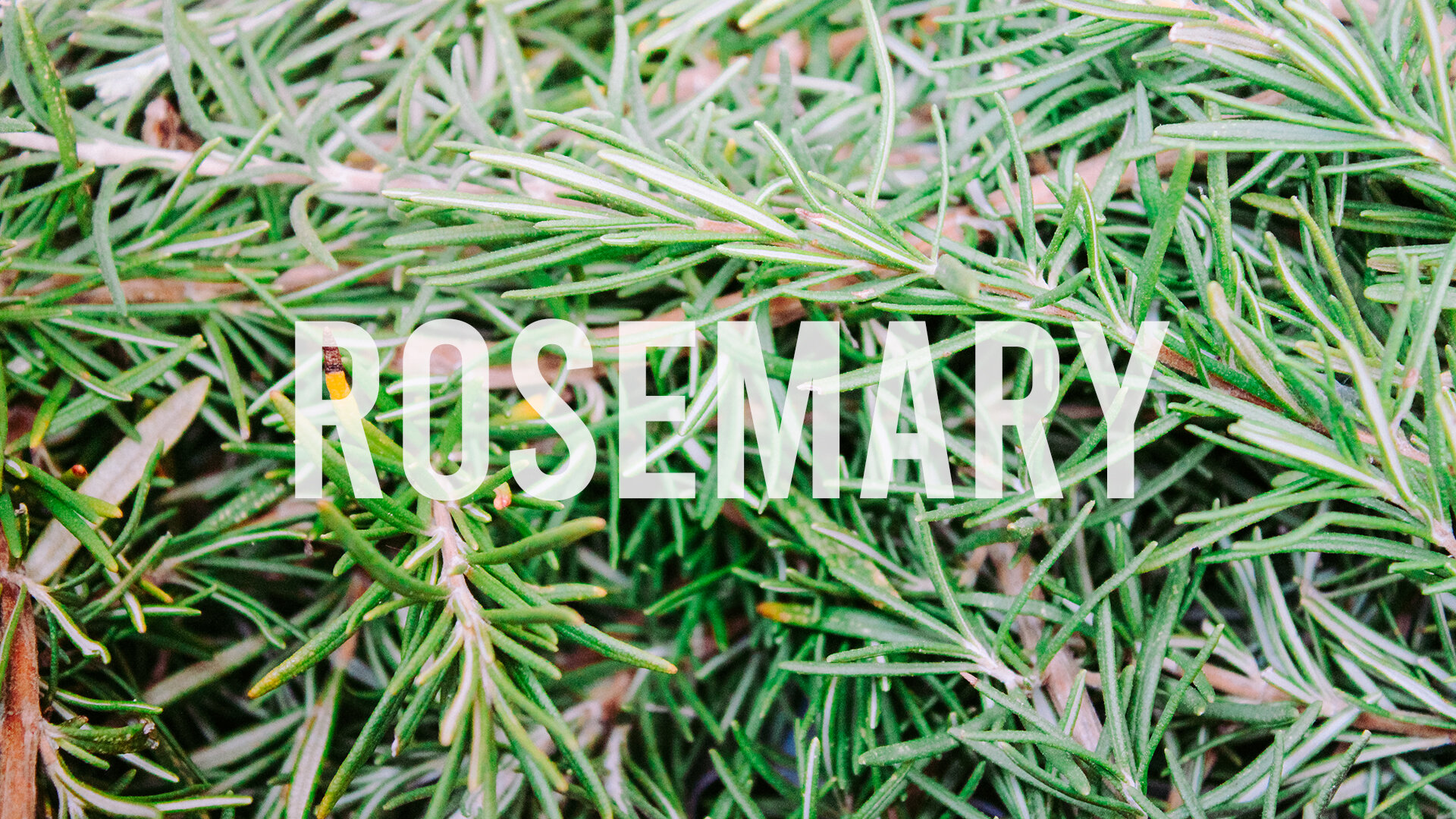ROSEMARY OIL
what is Rosemary?
Natural ingredient for perfumery overview
Botanical Name: Rosmarinus Officinalis
Origin
The Mediterranean countries are the homes of numerous plants of the family Labiatae, among which are many perfume plants. The plant grows wild in abundance in Spain, France, Corsica, Italy, Sardinia, Bosnia and Herzegovina, Croatia, Macedonia, Montenegro, Serbia (including the regions of Kosovo and Vojvodina) and Slovenia, the U.S.S.R., Turkey, the Middle East, Libya, Tunisia, Algeria, Morocco, etc., and it has even been found in East Africa (Somali and Tanganyika).
Profile
Rosemary Oil is a pale yellow or almost colorless, mobile liquid of strong, fresh, woody-herbaceous, somewhat minty-forest like odor. The “high” fresh notes vanish quickly, yielding to a clean, woodybalsamic body note which tones out in a dry herbaceous, but very pleasant and tenacious, bitter-sweet note. There is considerable difference in the odor of the various types of rosemary oil.
Unfortunately, a big portion of the Spanish production is of a much lower grade. The only advantage in this fact is that the buyer of small and medium-sized amounts can cover his demand with the highest grade of Spanish oil. Certain distillers in Spain even take the trouble of picking the flowering tops of the stalks exclusively (“flower oil”), and, upon distillation, this yields a very fine and delicate perfume oil, excellent for use in colognes, lavender waters, etc.
Characteristic of poorer oils is the pronounced camphoraceous cineolic note which is different from the herbaceous: it is coarser, less delicate, less pleasant. These oils usually display a dry out note reminiscent of eucalyptus-residues (oily-resinous-rancid), sweeter and less woody than the note from good oils.
Chemistry and Uses
Apart from a very high amount of monoterpenes, rosemary oil contains a significant amount of Borneol, a crystalline terpene alcohol, but this is also the main oxygenated component of the oil. Rosemary oil is, accordingly, not very soluble in diluted alcohol (below 80%), but it finds extensive use in perfumery for citrus colognes, lavender waters, fougères, pine needle fragrances, Oriental perfumes (it blends excellently with olibanum and spice oils!), in room-deodorants, household sprays, insecticides, disinfectants, etc.
As a low-boiling and fresh-smelling oil it has good effect as a masking agent, particularly for phenolic or tar- like odors. Rosemary oil blends well with lavandin, lavender, citronella oils, origanum or thyme, pine needle oils, coumarin, labdanum, olibanum, elemi, terpinyl propionate, isobornyl propionate, cedarwood oils and derivatives, methyl ionones, petitgrain oil, nitromusks, etc. Occasionally a so-called terpeneless rosemary oil is preferred for colognes and lotions. Terpeneless rosemary oil would be four to five times concentrated if truly deterpenized, but it is customary to “top off” 50% or slightly more in order to produce an oil of greater tenacity and better solubility in diluted alcohol. A select Spanish “flower oil” is an excellent starting material for the production of a good concentrated or deterpenized rosemary oil. The resulting oil is particularly suitable for use in combination with olibanum and cinnamon bark oil, etc. This combination can produce extremely delightful and interesting effects in the line of “Oriental-woody” fragrances for aldehydic and modern “dry” perfumes, ambre- fantasy perfumes, etc.
Method of extraction
Rosemary Oil is steam distilled (usually by direct steam) from the flowers, leaves and twigs (the twigs are included in Spanish distillations only) of wild-growing Rosmarinus Officinalis which is found in numerous forms and subvarieties.
Distillation is performed mainly in Spain, Tunisia, Bosnia and Herzegovina, Croatia, Macedonia, Montenegro, Serbia (including the regions of Kosovo and Vojvodina) and Slovenia, France, and Morocco. Spain supplies by far the bulk of all rosemary oils, but the quality of Spanish oils varies from the very best to the very poorest of all rosemary oils. One or two Spanish distillers specialize in the so-called “rosemary flower oil” which is distilled exclusively from flower material at full inflorescence. Tunisian oil is very uniform and of high quality. Only flowers and leaves are distilled in Tunisia; the twigs are never included in the distillation. The Tunisian production is in the hands of two large essential oil distillers who are experienced in the field and well equipped to distil or supervise field distillations. At the time of the author’s last visit there (1956), Tunis produced about 35 metric tons of rosemary oil per year. Eastern oils, distilled from flowers and leaves only, are not quite as outstanding as they were in the years between the two wars. French oils are generally of excellent quality, superior to most other rosemary oils, or at least equal to the select material from Spain or Tunis; in fact, many “French” rosemary oils are merely select oils from Tunis or Spain. The total world production of rosemary oils is considerably over 100 metric tons per year.
Adulteration
Rosemary Oil is occasionally adulterated with Camphor Oil, White (see monograph) or with head fractions from the rectification of Spanish eucalyptus oil; furthermore, with turpentine fractions, fractions from the production of synthetic terpineol, light cedarwood fractions, etc. In Eastern Europe, contamination has occurred with oil from the plant Salvia Lavandulaefolia which in Spain is known as Spanish Sage (see monograph Sage, Spanish). This oil contains large amounts of cineole (“eucalyptol”). The plant grows wild in Eastern Europe, but it is not the parent plant of Dalmatian sage oil.
Sources and informations
Fulvio Ciccolo — 2021
Images — https://unsplash.com/@scentspiracy
Perfume and Flavor Materials of Natural Origin — S. Arctander (1961)


